LOS ALAMITOS, CA – When choosing a snack from the cafeteria or a vending machine, it’s hard to miss the signature red, yellow, and orange colors that follow bags of Flamin’ Hot Cheetos. The same can be said about Takis, with their recognizable purple bags filled with spicy tortilla chips, and Doritos, with their cheesy deliciousness. What if these chip brands no longer existed with snack selections at any school in California?
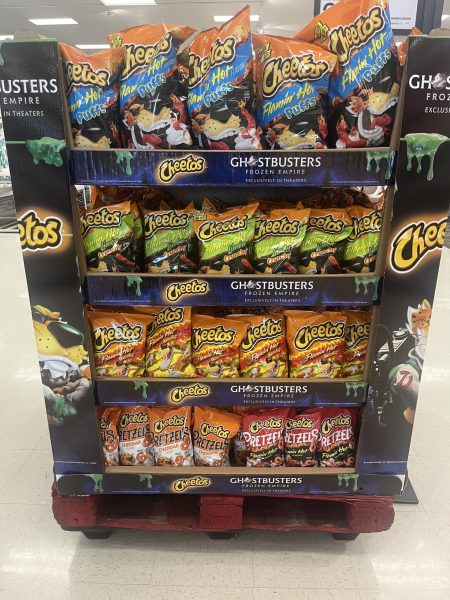
Unfortunately for Los Al students, this idea is not the first of its kind and has been decades in the making. There have been many studies conducted throughout the 1900s on the healthiness of these snacks, however no significant action was taken until 2010. In 2010, former first lady Michelle Obama created a public health campaign called Let’s Move! that aimed at reducing childhood obesity and encouraging a healthier lifestyle for children.
This focus project culturally shifted the way growing generations of children live and eat, while also influencing fast food chains to serve things like apples and skim milk in their kids meals. Hundreds of convenience stores also began to add fresh fruit to their shelves, leading to significantly decreased childhood obesity rates in young children. Because of this project, Los Al also removed soda machines from campus that began to go against federal and state regulations in the U.S.
Chef Kevin, the head chef in the Los Al cafeteria, explained the changes that resulted from this project.
“We sell snacks in our vending machines, but they are school-approved snacks based on that project. [For example, the Ruffles we serve] are different from regular Ruffles. It will say things like ‘some percentage’ less fat [and they] are the healthier version of the brand names,” he said.
A research report concluded in 2021 by the California Environmental Protection Agency (CalEPA) additionally found that the consumption of synthetic food dyes can lead to hyperactivity and other neurobehavioral problems in some children. However, at the same time, children vary in their sensitivity to synthetic food dyes. A food dye like red 40 might affect someone who has a history of allergies more than someone who does not have any allergies.
Another recent event that has led to this bill is California’s first-in-the-nation decision on Oct. 7, 2023. On this day, California became the first state in the nation to prohibit food additives brominated vegetable oil, potassium bromate, propylparaben, and red dye No. 3 found in popular cereal, soda, candy, and drinks.
The bill that could lead to a ban
So what exactly is this “new” bill? On March 12, 2024, CA Assemblymember Jesse Gabriel introduced Assembly Bill 2316, which will prohibit California schools from serving or selling foods that contain certain additives that give vibrant color to foods and drinks like Flamin’ Hot Cheetos, Doritos, M&Ms, and Mountain Dew.
This new bill, according to Gabriel, aims to reduce food products that contain certain harmful dyes. His website discusses how this bill would prohibit schools from serving foods containing six dyes – red 40, yellow 5, yellow 6, blue 1, blue 2, and green 3 – that are linked to threatening health concerns.
“As a lawmaker, a parent, and someone who struggled with ADHD, I find it unacceptable that we allow schools to serve foods with additives that are linked to cancer, hyperactivity, and neurobehavioral harms,” Gabriel said in the immediate release bill posted to his website.
While Gabriel strongly believes in the positive change the bill can bring to schools in California, he reinforced the idea that this restriction is not a direct ban of specific products, but rather their chemical ingredients. The LA Times also addresses that Gabriel simply believes that companies are capable of creating a safer, more natural version of their products. Natural dyes are made from plants and insects, which are non-toxic substances that do not harm the environment like other dyes.
“Beet juice and red cabbage have a whole spectrum of colors, but brands don’t want to use it because it’s not attractive in food,” Mr. Jones, a Los Al chemistry teacher, said.
Following a similar idea, Los Al junior Sophie Lu explained what she thinks this bill could mean for future generations of children. In her opinion, this means that alternative, safer options will be the best route.
“Even if there was a ban, I think they’d still probably taste the same without the food dye, they’d just look a little different,” Lu said.
As a cafeteria worker who serves 1,200 children at lunch every day, Chef Kevin also agrees that the change this restriction could bring is a good idea.
“If it’s not healthy, then we have to abide by it. The kids will be upset, but we have to abide by the law,” he said.
What are the health concerns?
According to the Eat Right PRO, 60% of the foods Americans consume contain coloring or flavoring ingredients, preservatives, and sweeteners. This large percentage mostly comes from food dyes. In 1856, the first artificial food colorings were created, but today most dyes are made from petroleum, according to Healthline. Since the creation of food dye, hundreds if not thousands have been developed, but have usually have resulted in being toxic.
This is where the controversy on the safety of food dyes has come from, despite the US Food and Drug Administration (FDA) and the European Food Safety Authority (EFSA) permitting food dye because it does not pose a life-threatening health risk.
Out of all the food dyes, Red 40, Yellow 5, and Yellow 6 are the most common, as they make up 90% of food dyes in the United States. These dyes also happen to be the leading cause of systemic allergic reactions because they contain cancer-causing contaminants such as benzidine.
Each dye is specifically used to add vibrant color to specific snacks or cereals. Healthline lists the small amount of dyes that are safe to consume by the FDA and EFSA as follows:
- Red 3 (Erythrosine): A cherry-red coloring commonly used in candy, popsicles and cake-decorating gels.
- Red 40 (Allura Red): A dark red dye that is used in sports drinks, candy, condiments, and cereals.
- Yellow 5 (Tartrazine): A lemon-yellow dye that is found in candy, soft drinks, chips, popcorn and cereals.
- Yellow 6 (Sunset Yellow): An orange-yellow dye that is used in candy, sauces, baked goods and preserved fruits.
- Blue 1 (Brilliant Blue): A greenish-blue dye used in ice cream, canned peas, packaged soups, popsicles and icings.
- Blue 2 (Indigo Carmine): A royal blue dye found in candy, ice cream, cereal and snacks.

What will happen now?
Even with the risks that food dyes pose to consumers, it is easy to see that it is a marketing gimmick designed to make people want to buy foods with excessive amounts of additives. This restriction will likely cause many popular snack companies to rethink their approach to harmful additives.
It is hard to tell what California schools can expect with this new bill in motion, but it is probable that popular snack brands will have to follow this law. At the same time, consumers might not want to try natural ingredients in the snacks they know and love.
“[It’s interesting because] those that are attracted to a certain thing are going to be attracted to that thing whether they are 10, or 30, or 70 [years old]. That can easily cross over to the food we love,” Mr. Jones said.
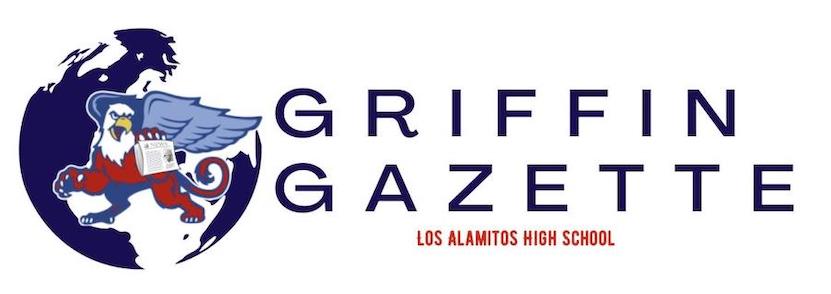





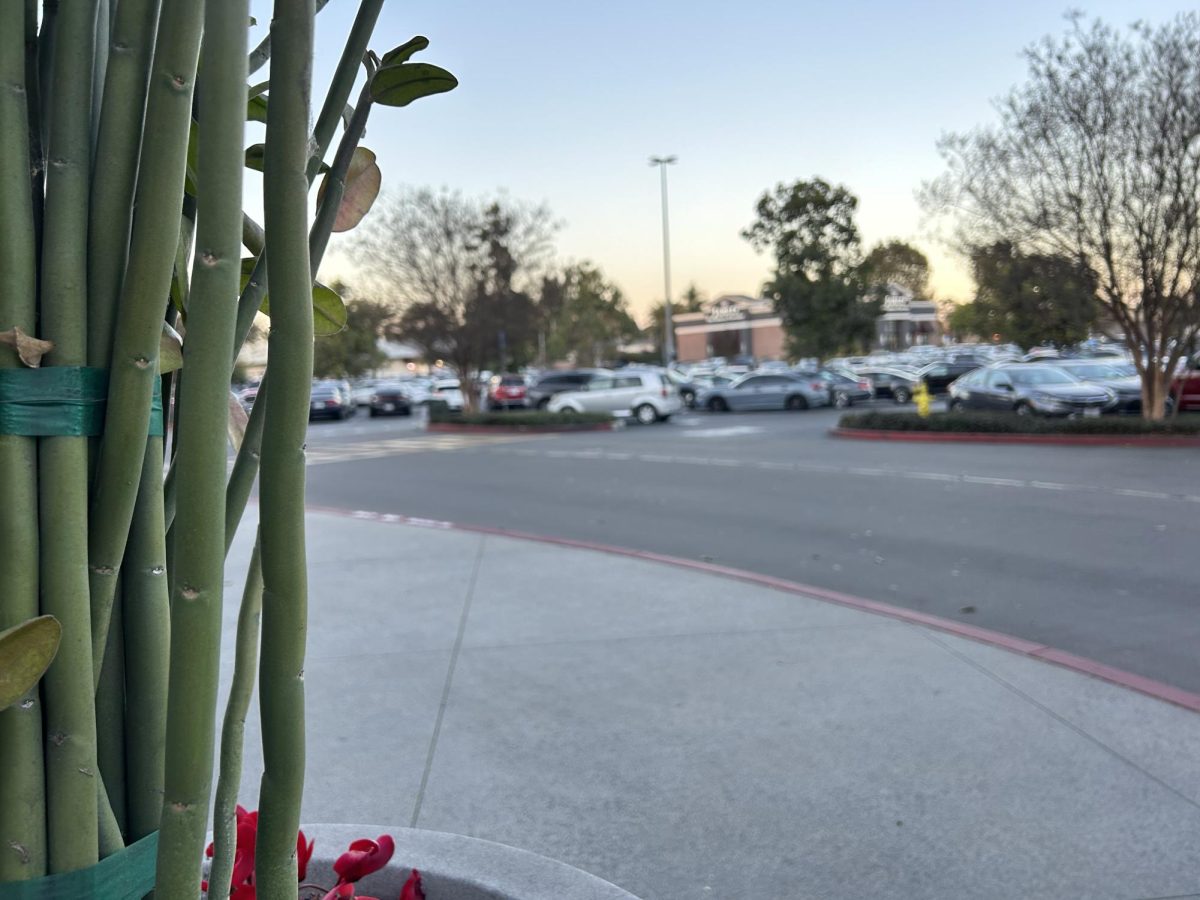





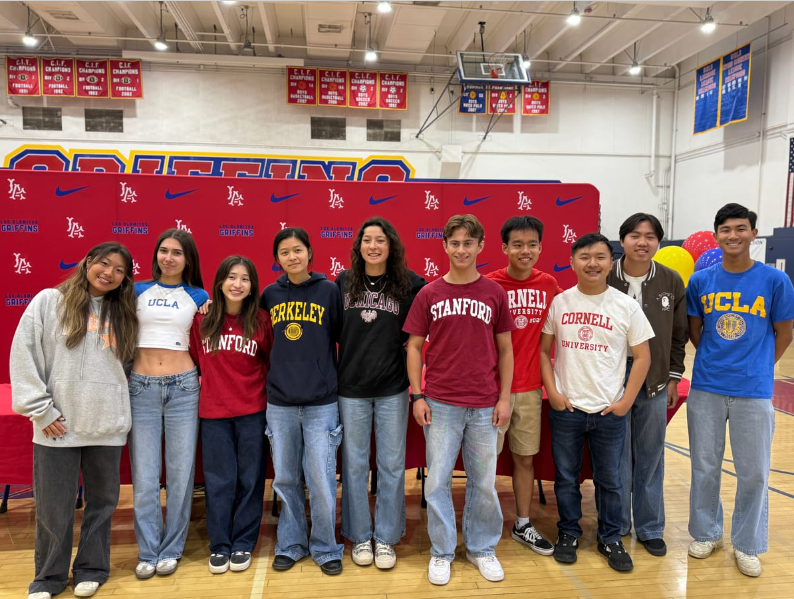







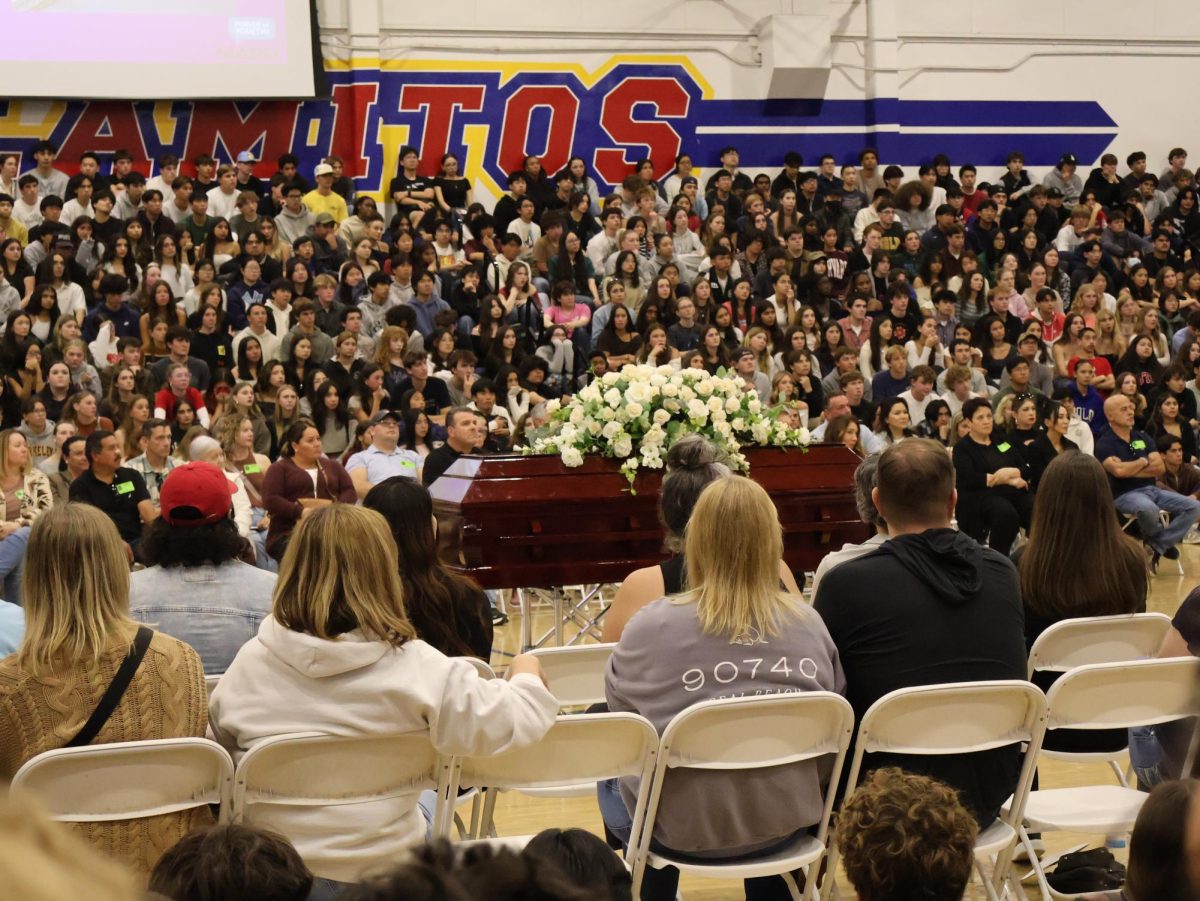


Donna Mohlman • Sep 8, 2024 at 7:04 am
I totally believe that hot cheetos are addictive I have seen my son and others children who go through mood changes and just get depressed when they can’t get them.